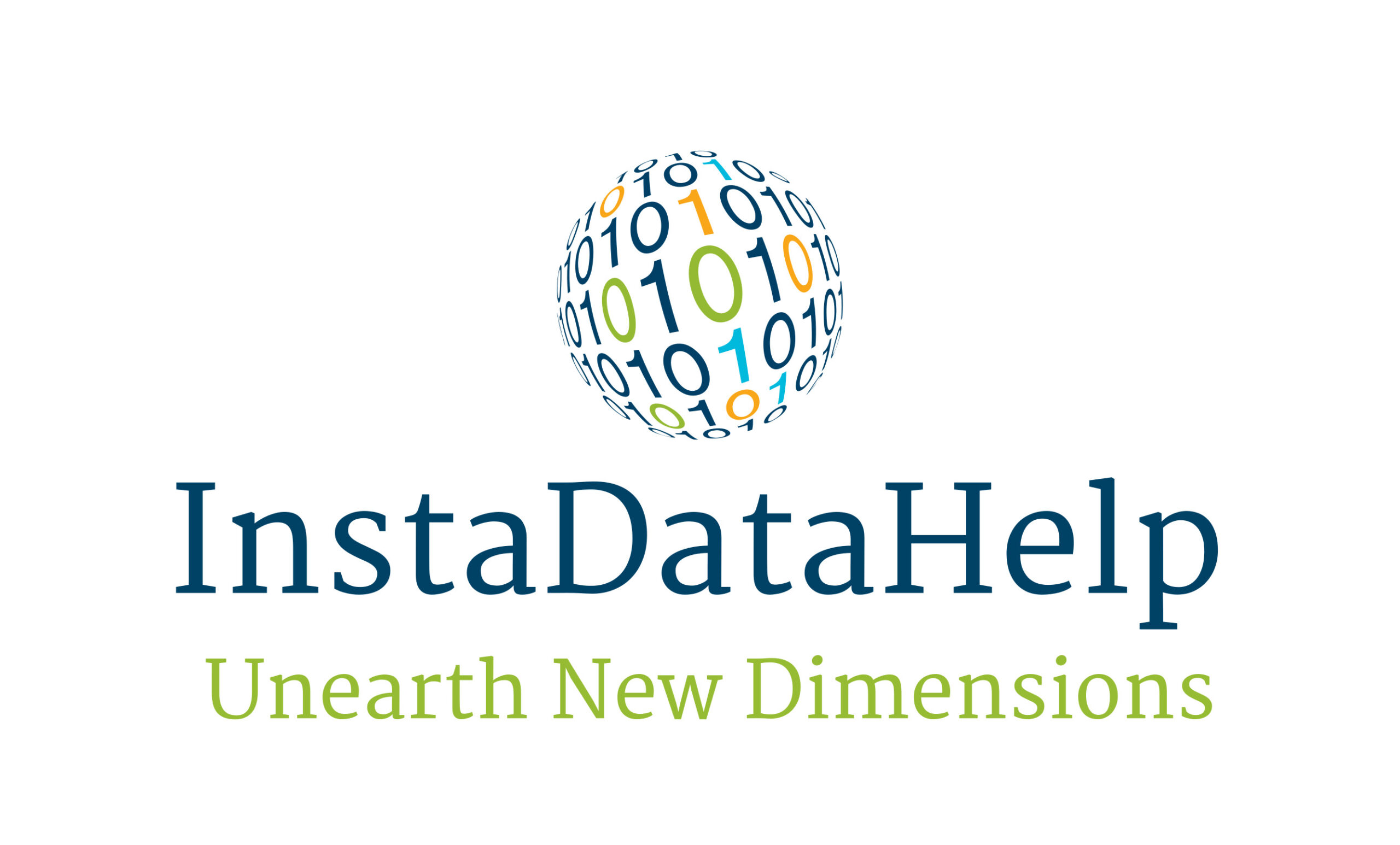Regression analysis is an essential tool for data scientists, statisticians, and social scientists, among others. Its primary objective is to predict the outcome of a variable based on the relationship with one or more predictor variables. It is widely used in research, marketing, finance, engineering, and other fields. In this article, we will discuss different regression models and their applications.
Simple Linear Regression:
Simple linear regression is the most basic type of regression model. It involves only two variables, i.e., one independent and one dependent variable. The independent variable is called the predictor, and the dependent variable is called the response. The model equation is represented as y = a + bx, where a is the intercept, b is the slope, and x is the predictor.
A simple linear regression model is useful when there is a linear relationship between the variables. It is used to predict the response variable’s value from a single predictor variable. Real-world applications of simple linear regression include predicting stock prices based on historical data, determining the effect of education on income, and studying the impact of crime on property values.
Multiple Linear Regression:
Multiple linear regression is an extension of simple linear regression. As the name suggests, multiple variables are involved in the model. It is used to predict the response variable’s value from two or more predictor variables. The equation of a multiple linear regression model is represented as y = a + b1x1 + b2x2 + … + bnxn, where a is the intercept, b1, b2,…bn are the slopes, and x1, x2,…xn are the predictor variables.
Multiple linear regression is useful when several variables can influence the response variable. It is used to study the relationship between one dependent variable and two or more independent variables. Real-world applications of multiple linear regression include predicting employee salaries based on their years of experience, age, and education level, and studying the effect of advertising, price, and promotion on product sales.
Polynomial Regression:
Polynomial regression is a regression model that fits a nonlinear relationship between the predictor and response variables. It is useful when the relationship between the variables cannot be captured by a straight line. The equation of a polynomial regression model is represented as y = a + b1x + b2x2 + … + bnxn, where x2, x3,…xn are the higher-order terms.
Polynomial regression is often used in data analysis when the trend is not linear. It is commonly used in fields such as biology, physics, and engineering to study the relationship between, for example, an organism’s weight and its length. Polynomial regression can also be used to determine the optimal length of hospital stays when treating various medical conditions.
Logistic Regression:
Logistic regression is used when the response variable is binary, i.e., it can take only two values, 0 and 1. It is used to model the probability of a binary response variable occurring as a function of one or more predictor variables. The equation of a logistic regression model is represented as p = e^(a + bx) / (1 + e^(a + bx)), where p is the probability of the response variable, e is the constant 2.7183, and x is the predictor variable.
Logistic regression is commonly used in medical research, for example, to predict the likelihood of a patient developing a serious complication post-surgery. It is also used in marketing research to identify the factors that influence customer satisfaction, as well as in political science to predict the outcome of an election.
Poisson Regression:
Poisson regression is used when the response variable is count data or integer values. It is used to model the relationship between a count response variable and one or more predictor variables. The equation of a Poisson regression model is represented as Y = e^(a + bx), where Y is the expected value of the count response variable, e is the constant 2.7183, and x is the predictor variable.
Poisson regression is often used in fields such as epidemiology, ecology, and economics to model the occurrence of events over time. For example, it can be used to predict the number of car accidents in a given area based on factors such as traffic volume, weather conditions, and road features.
Conclusion:
Different regression models are used to model relationships between a dependent variable and one or more predictor variables. The right regression model depends on the nature of the data and the relationship between the variables. Simple linear regression is used when dealing with a linear relationship, while multiple linear regression is appropriate when more than one predictor variable is involved. Polynomial regression is useful when the relationship between the response and predictor variables is nonlinear. Logistic regression is used to predict binary outcomes, while Poisson regression is used to model count data. Understanding different regression models is essential for data analysts, as it can help them make better predictions and gain valuable insights into complex data.


Recent Comments